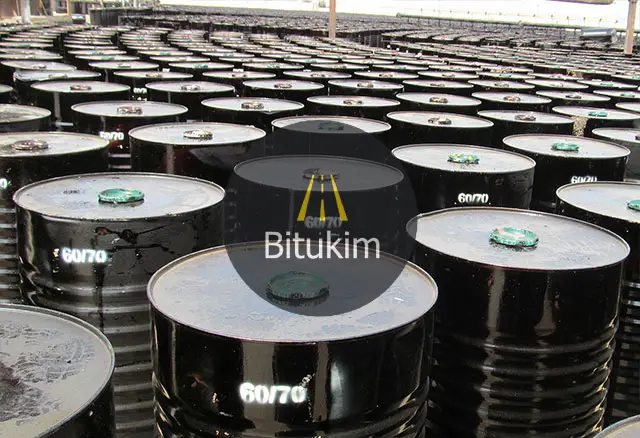Environmental Impact of Bitumen 60/70 and Sustainable Alternatives
Environmental Impact of Bitumen 60/70 and Sustainable Alternatives
Bitumen 60/70 is a commonly used material in road construction and other infrastructure projects due to its favorable properties. However, its production and use have environmental implications that warrant attention. Here’s an overview of the environmental impact of Bitumen 60/70 and a look at sustainable alternatives that can help mitigate these effects.

Table of Contents
ToggleEnvironmental Impact of Bitumen 60/70
1. Production Emissions
- Greenhouse Gases: The production of Bitumen 60/70 involves the distillation of crude oil, a process that generates significant greenhouse gas emissions, including carbon dioxide (CO2) and methane (CH4).
- Energy Consumption: The manufacturing process is energy-intensive, consuming large amounts of fossil fuels, which contributes to overall carbon emissions.
2. Air Pollution
- Volatile Organic Compounds (VOCs): Bitumen 60/70 releases VOCs during application and curing, which can contribute to air pollution and smog formation.
- Odors and Fumes: The heating and application of bitumen can produce unpleasant odors and fumes, affecting air quality and potentially impacting human health.
3. Environmental Contamination
- Runoff: Bitumen 60/70 can contribute to environmental contamination if it enters water bodies through runoff or spillage during transport and application.
- Leaching: Over time, bitumen can leach into the soil and groundwater, potentially causing long-term environmental impacts.
4. Resource Depletion
- Fossil Fuels: Bitumen 60/70 is derived from petroleum, a non-renewable resource. The extraction and use of fossil fuels contribute to resource depletion and environmental degradation.
Sustainable Alternatives to Bitumen 60/70
To address the environmental concerns associated with Bitumen 60/70, several sustainable alternatives and practices can be considered:
1. Recycled Asphalt Pavement (RAP)
- Overview: RAP involves reusing old asphalt from existing roads, which reduces the need for new bitumen and minimizes waste.
- Benefits: Using RAP lowers the environmental impact by conserving resources and reducing emissions associated with the production of new bitumen.
2. Warm Mix Asphalt (WMA)
- Overview: WMA is produced at lower temperatures compared to traditional hot mix asphalt, resulting in reduced energy consumption and lower emissions.
- Benefits: WMA reduces greenhouse gas emissions and improves working conditions by lowering the temperature at which asphalt is handled.
3. Cold Mix Asphalt
- Overview: Cold mix asphalt is prepared using emulsified bitumen or other binders, which do not require heating.
- Benefits: This method reduces energy consumption and emissions associated with the heating of bitumen and is suitable for small-scale repairs and maintenance.
4. Bio-Based Bitumen
- Overview: Bio-based bitumen is derived from renewable sources such as plant oils or bio-waste, offering a more sustainable alternative to petroleum-based bitumen.
- Benefits: Reduces dependency on fossil fuels and lowers the carbon footprint associated with bitumen production.
5. Reclaimed Asphalt Shingles (RAS)
- Overview: RAS involves using discarded asphalt shingles from roofing materials as a binder in asphalt mixtures.
- Benefits: This practice diverts waste from landfills and reduces the need for new bitumen, contributing to a more circular economy.
6. Rubberized Asphalt
- Overview: Rubberized asphalt incorporates ground tire rubber into the mix, which enhances performance and reuses waste tires.
- Benefits: Reduces the environmental impact of tire disposal and improves road performance by providing better flexibility and resistance.
7. Improved Application Techniques
- Overview: Adopting advanced application techniques, such as precise temperature control and improved mixing processes, can reduce emissions and enhance efficiency.
- Benefits: Results in lower environmental impact and improved quality of the asphalt mix.

